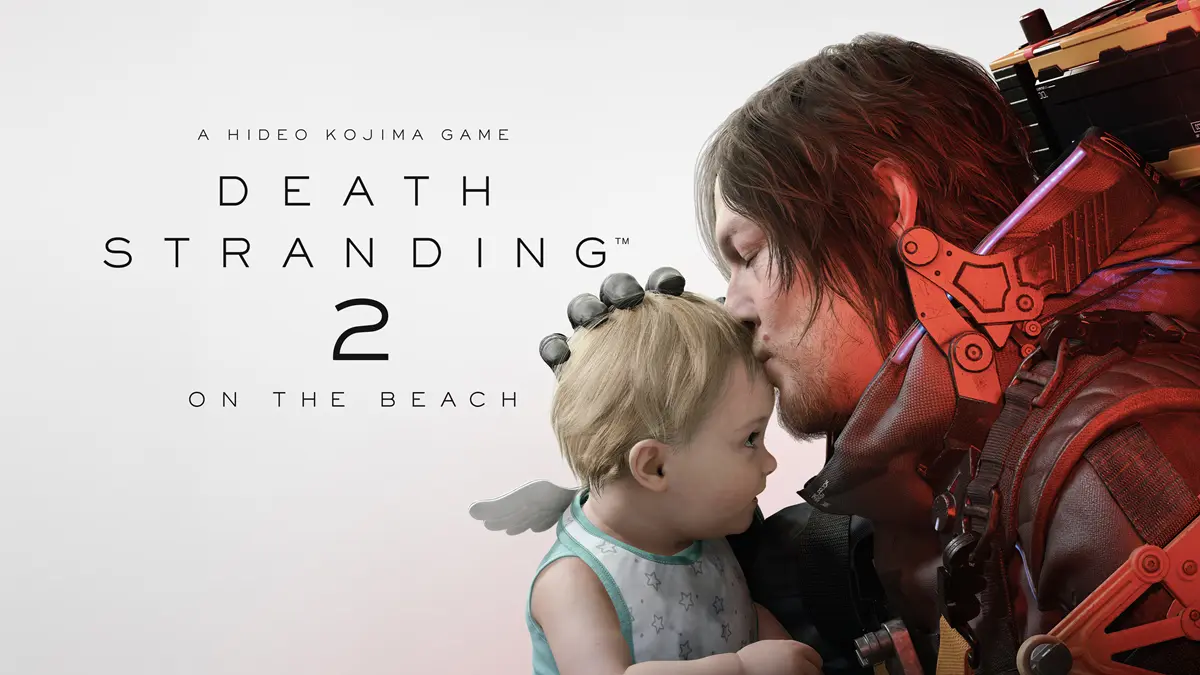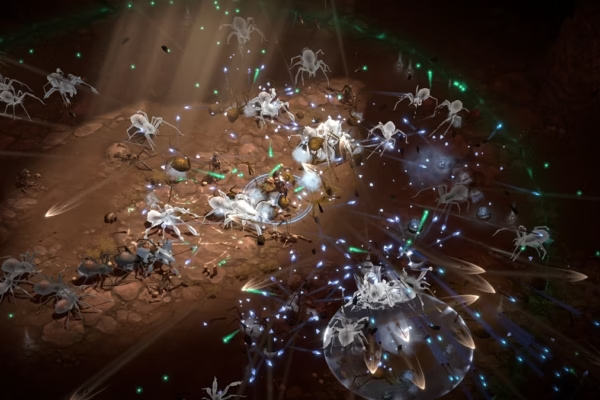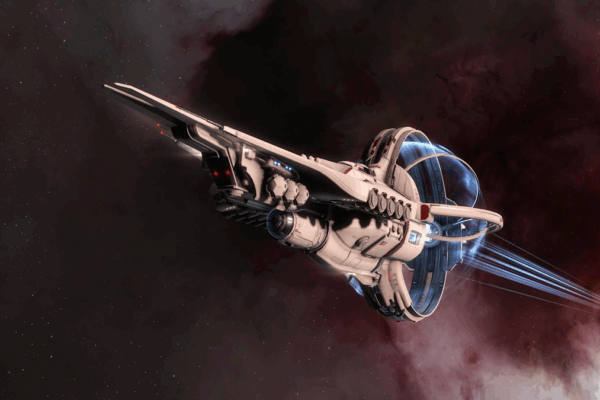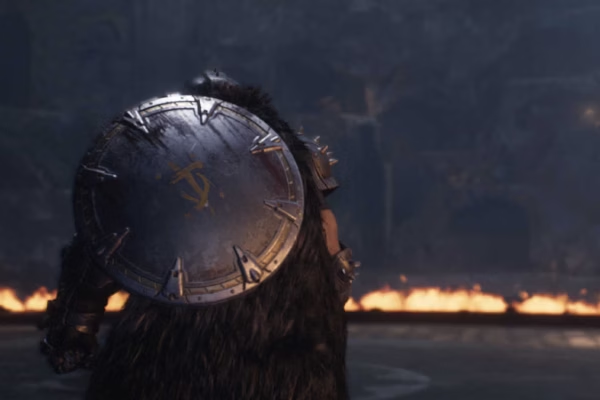My fascination with Hideo Kojima’s work began the day I unearthed Metal Gear Solid 2 from my brother’s forgotten PS2 collection. What started as a curiosity quickly spiraled into obsession, from chasing monkeys with Naked Snake in the Ape Escape minigame to rewinding time with the pixelated chaos of the original Metal Gear. So when Death Stranding was announced, I was all in, ready to follow Kojima into whatever strange terrain he had dreamed up. But what I found wasn’t quite what I expected.
As much as I wanted to love the first Death Stranding, it didn’t hit me like the Metal Gear series did. I found myself lost in the lore as if I needed a dictionary just to keep up. Even after five hours, I still didn’t really know what was going on. Sure, I understood the core objective: reconnect a broken America through the Chiral Network. But beyond that, I couldn’t tell you what the heck was happening. Eventually, I gave up, partly because I kept getting caught by enemies even in easy mode (don’t judge me for wanting to play it that way, okay? I just like to have a good time.)
With that failed attempt behind me, I decided to give the sequel, On the Beach, a shot. This time I came prepared. I watched lore recaps and breakdowns, and suddenly the world started to make sense. I was still confused by a few storylines, but that’s kind of expected since I don’t even have a complete grasp on Metal Gear‘s timeline either.
One of the first things that stood out during my playthrough was how much stronger Death Stranding 2‘s foundation feels. We’re expected to understand terms like BTs, the Beach, and Timefall. Because we’re familiar with the original Death Stranding (at least, for the most part), the game doesn’t dump the entire glossary on you in the first few hours. And if something does go over your head, the Corpus, aka Death Stranding’s built-in encyclopedia, is there to give you quick explanations. Thanks to that, I’ve spent a lot less time confused and a lot more time enjoying the experience.
That clarity also improves the emotional side of the game. One thing that pushed me away from the original was how emotionally closed-off Sam felt in the beginning. It made sense for his character, given how much suffering he faced in the past, but it made it hard for me to connect with him. In On the Beach, the story is far more inviting from the start. You see a man who is at peace with the life he has built alongside Lou. His love for his daughter is clear, from the way he talks to her to the adorable photos proudly displayed at home base. Sam’s openness this time made me care more about his journey, and that emotional connection came much earlier than it ever did in the first game.
That’s not to say the first Death Stranding had no emotional impact, but it didn’t really land until much later in the game. It’s a slow burn that pays off if you push through, but getting there can feel like a slog, especially when you’re spending all your time hauling cargo across punishing terrain. Hence, why I turned away in the first place. On the Beach is the complete opposite. The emotional hook hits you early and gives you a reason to keep on keeping on. I won’t spoil anything, but let’s just say a few tears were shed, and it wasn’t because of a Chiral Allergy.
What makes the journey even smoother are the gameplay upgrades. The Corpus is just the beginning. The sequel introduces a ton of helpful mechanics that make things way more manageable. Gear that was previously only available in the mid-to-late stages of the first game is now accessible straight away.
Look, I love a good walking trek with the great Norman Reedus, but sometimes I just want to hop in a vehicle and get moving. Now I can. Weapons also appear early on, which eases the pressure when facing BTs. And if you do get caught in the tar madness, you’ll have a fighting chance with options like grenades, guns, and even a Blood Boomerang that always comes back.
The world itself feels more balanced. The terrain across Mexico and Australia is more user-friendly, offering a great mix of flat land for relaxed deliveries and tougher paths for players seeking a challenge. The shared player-made content continues to drive the Death Stranding series, letting everyone help each other out with built structures and resources around the world. It truly helps you feel less alone in a game that can be isolating, since you’re one of only a few Porters out there. Plus, I can’t help but laugh every time I see a mushroom left by another player, meaning they just peed there. I guess my childhood sense of humor hasn’t quite left me yet.
With all these major changes, I haven’t been able to put Death Stranding 2 down. I’m no longer confused by the lore. I’m no longer disconnected from the characters. I no longer feel like I’m constantly battling the terrain or the BTs just to stay afloat. Now, I feel ready, connected, and actually excited for what comes next. For the first time, I’m not just surviving the journey; I’m fully embracing it.
So if you weren’t a fan of the first one, trust me, you should give this one a try. Even longtime Metal Gear fans will find something to enjoy, with plenty of callbacks to the series. Maybe now I’ll finally go back and give the original another shot.



